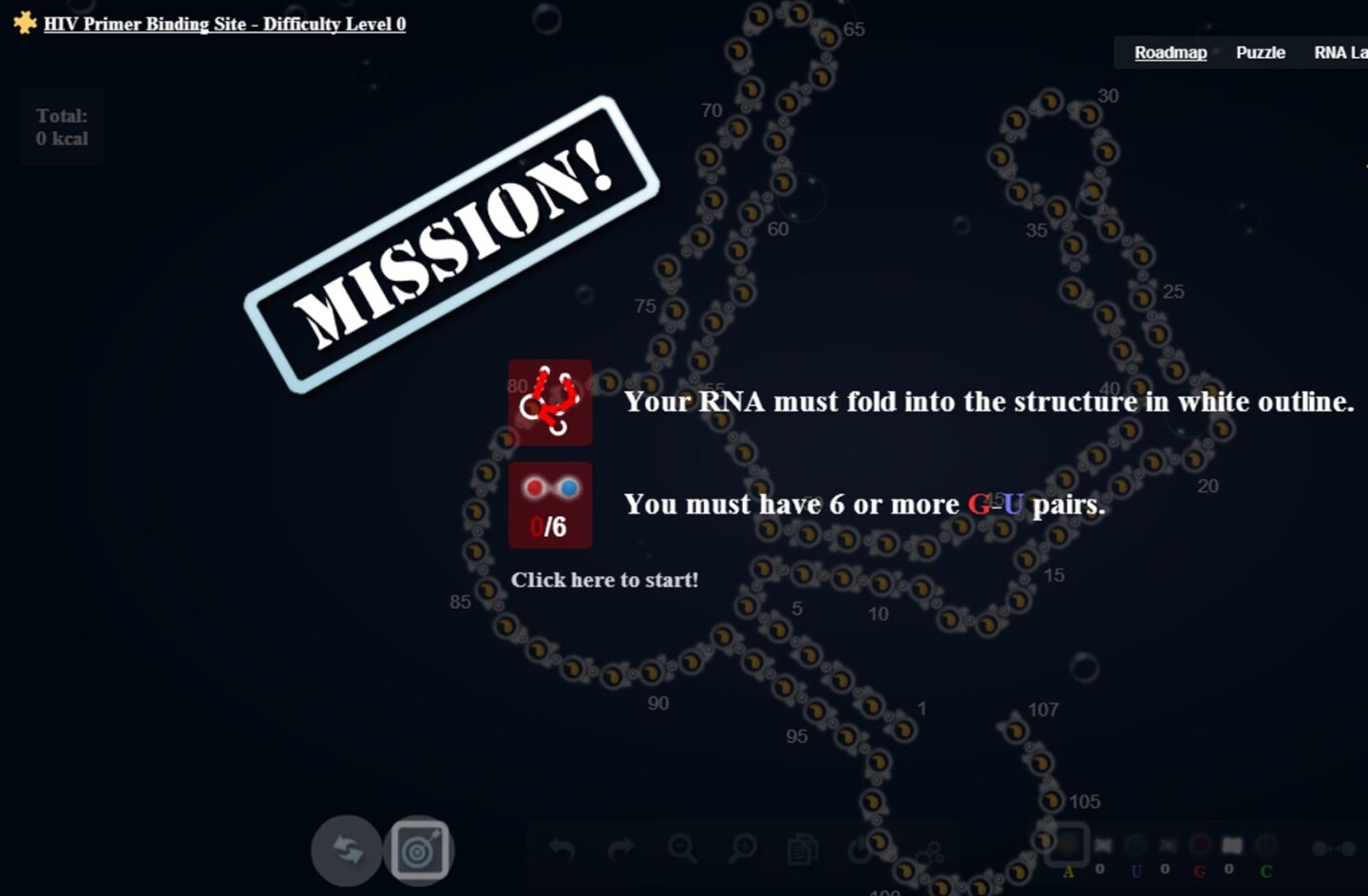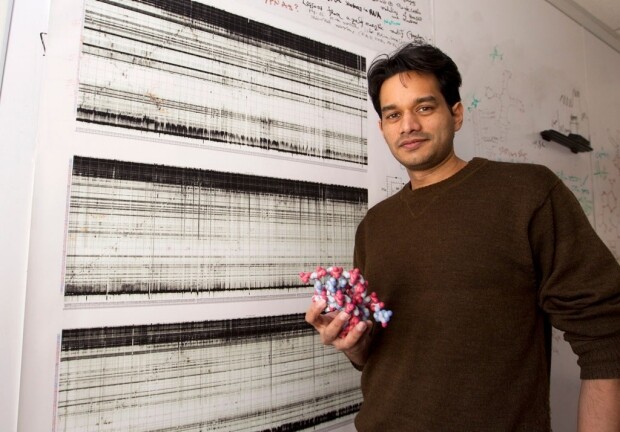A few years ago, a team of researchers at Stanford University launched a video game called Eterna. The game was designed to harness the brain power of thousands of gamers, challenging them to design new chemical sequences of RNA. A new follow-up game has just been launched, and this time players are challenged to create a new RNA molecule that can essentially function as an on/off switch for the CRISPR/Cas9 gene editing process.
When Eterna was first launched in 2011 it was a bit of an experiment. Half-intended to simply educate people in an entertaining way, researchers hoped once the game scaled up to enough players the results would start to become clinically significant. And significant they became.
As players refined their RNA molecule-making skills, the game grew in complexity. Up to 100,000 registered players were engaging with the game at its peak, and in early 2016 a paper, co-authored by the game players, was published in the peer-reviewed Journal of Molecular Biology. The paper established a set of rules developed by the game players determining the difficulty of designing appropriate RNA molecular structures.

Earlier in 2016 Eterna players were tasked with designing a novel molecule to assist with the creation of a simple and accurate blood test for tuberculosis. Now researchers are turning their sights on CRISPR, hoping this gaggle of game players can inspire a new molecular structure that will help focus the gene-editing technology.
"Great ideas can come from anywhere, so this is also an experiment in the democratization of science," says Stanford's Professor Howard Chang. "A lot of people have hidden talents that they don't even know about. This could be their calling. Maybe there's somebody out there who is a security guard and a fantastic RNA biochemist, and they don't even know it."

The new Eterna challenge asks players to design a unique RNA molecule that can do several things, from being recognized by the CRISPR-associated enzyme to guiding it to a targeted gene. The researchers suspect that this new challenge may be slightly easier than other, more mathematically orientated Eterna challenges, but they are looking for thousands of diverse solutions that could be applied into laboratory outcomes.
"We're not sure yet if there will be unforeseen problems with the Cas9 protein experimentally," says Rhiju Das, the principle investigator for Eterna. "That's partially why we want as many diverse solutions as possible for the Greenleaf and Chang labs to test, even in this pilot round. We're hoping for 10,000 to 100,000 players to contribute 10 solutions each. If we get that many, we'll indeed work to get that many synthesized and tested."

This real-life laboratory outcome makes the Eterna game unique as it gives game players the possibility of having their designs actually created and tested in the lab. And anyone can play the game – as long as they have access to the internet and an interest in learning how to play.
"There is a misconception of science as something that happens in an ivory tower by someone in a white coat with a long beard," says Das. "And they are saying things and drawing things that nobody understands. But it's not like that! It's really like a puzzle that anybody can get engaged with."
Learn more about the Eterna CRISPR challenge in the video below and join the Eterna community and play the game here.
Source: Stanford University







